Crossing international borders is rarely an experience of breathtaking architectural significance. Driving through one of the world’s busiest land crossings, at the U.S.-Mexico border between Tijuana and San Diego, can take up to three hours, at the end of which, in the best case scenario, you have a tense staredown with a border patrol agent over your passport.
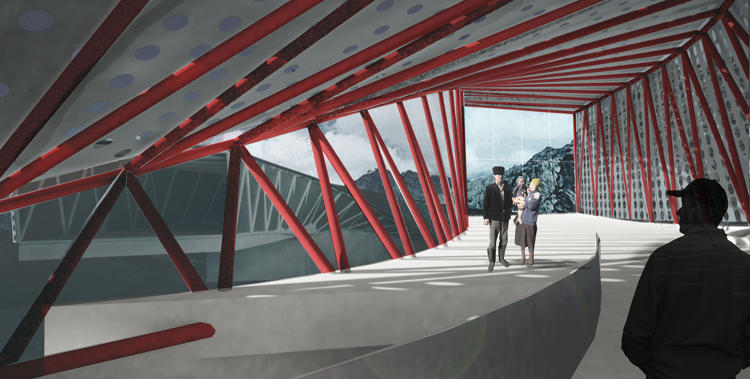


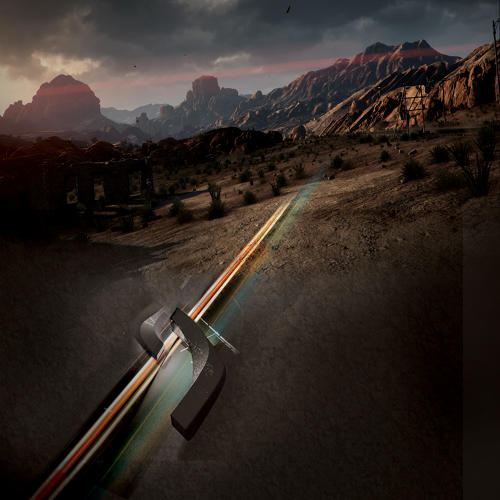
A competition from the Association of Collegiate Schools of Architecture challenged students to reimagine the design of border crossings, specifically using structural steel. (The competition was sponsored by the American Institute of Steel Construction.) The solutions the students came up with are beautiful, if not always practical.
In one winning design, Ryerson University student Kyle Marren aims to quell tensions between Spain and the British territory of Gibraltar, where the U.K. claims Spain is imposing border crossing delays as political retaliation. (Spain has been trying to assert its claim over the territory since it was captured by the British in the early 1700s.) Called “Interject,” the diplomatic design proposes a shared public square between the two nations, with the border crossing itself located on the Spanish side. “Spain gains territorial ownership over the border crossing, while providing a gesture of good will as Gibraltar gains access space,” Marren argues.
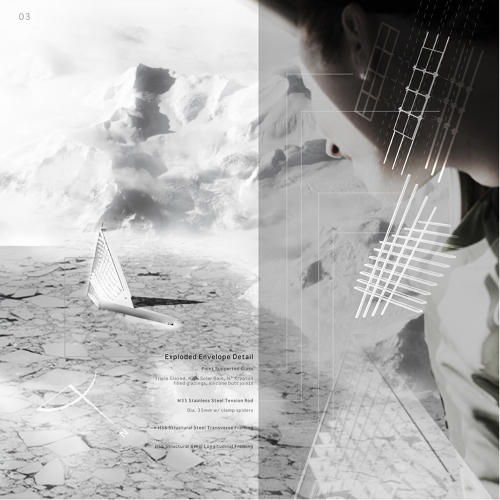
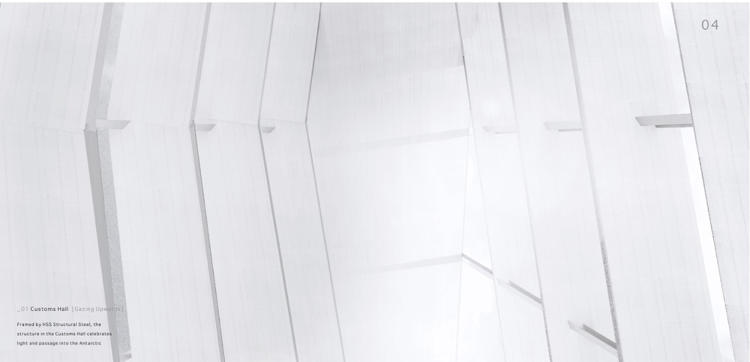
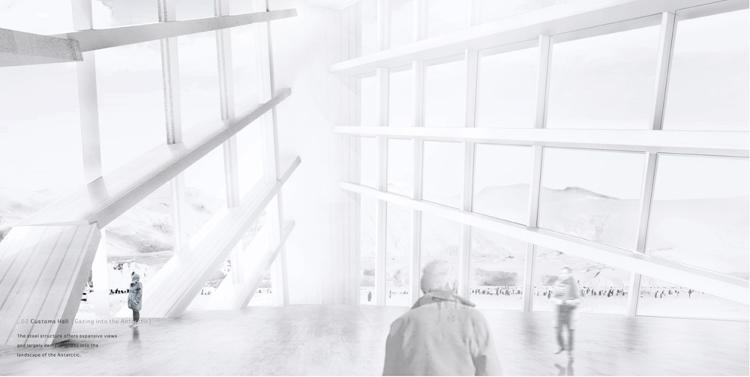
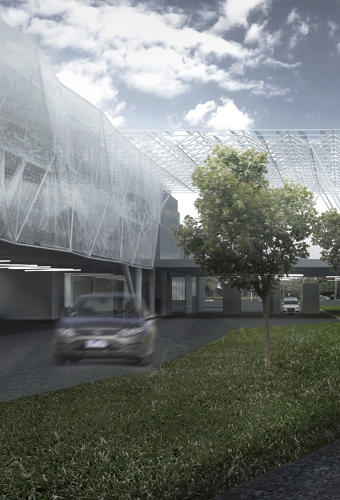
In the other winning design, three students from the City College of New York propose two twisting buildings inspired by the structure of a yurt on the mountainous Kyrgyzstan-China border, one for travellers moving in each direction. This crossing seems to handle only vehicle traffic, though renderings show visitor outlooks within the buildings.
From our partners:

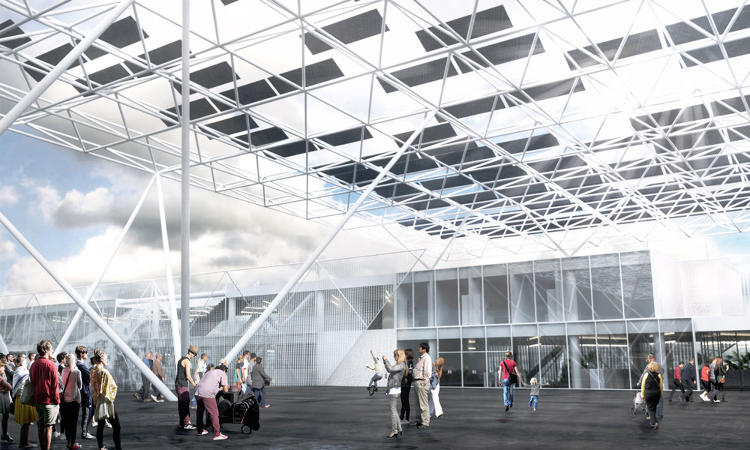

A team of students from the Catholic University of America chose to locate their crossing at an unusual border: in Antarctica, where several countries have territorial claims. Shaped like an iceberg, the floating facility is located nearby to various research stations. With much of it underwater, it’s designed to house laboratories as well as carry out the inspection of goods and cargo. The jurors write: “Though a port in this location isn’t entirely necessary, this captivating design would draw people to the site.” Superfluous encounters with border patrol: the ultimate tourist draw.
This article was written by Shaunacy Ferro and originally appeared in FastCompany.















